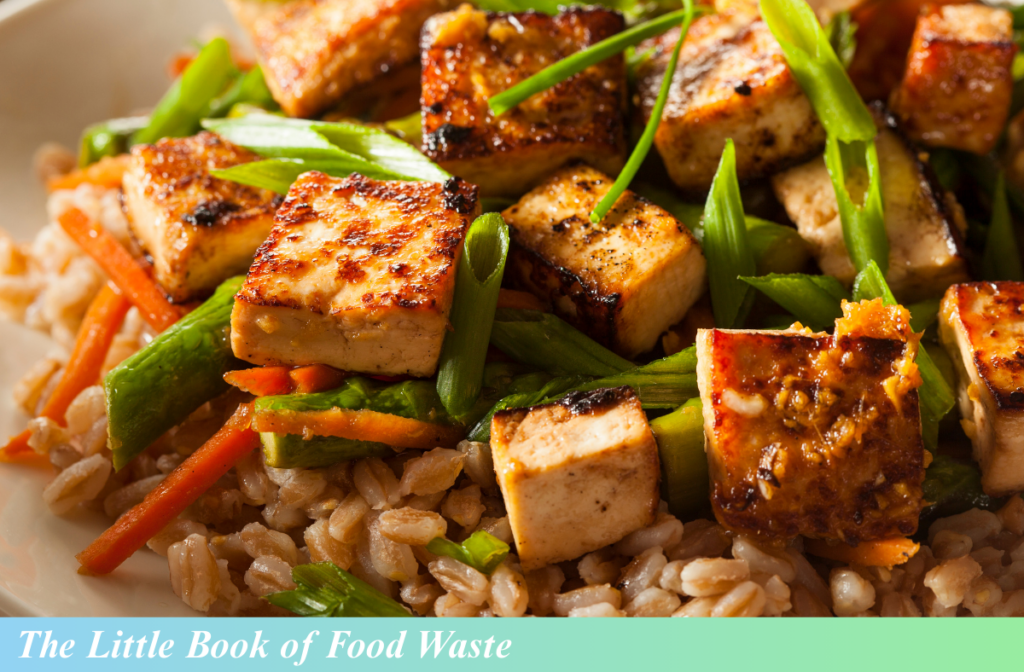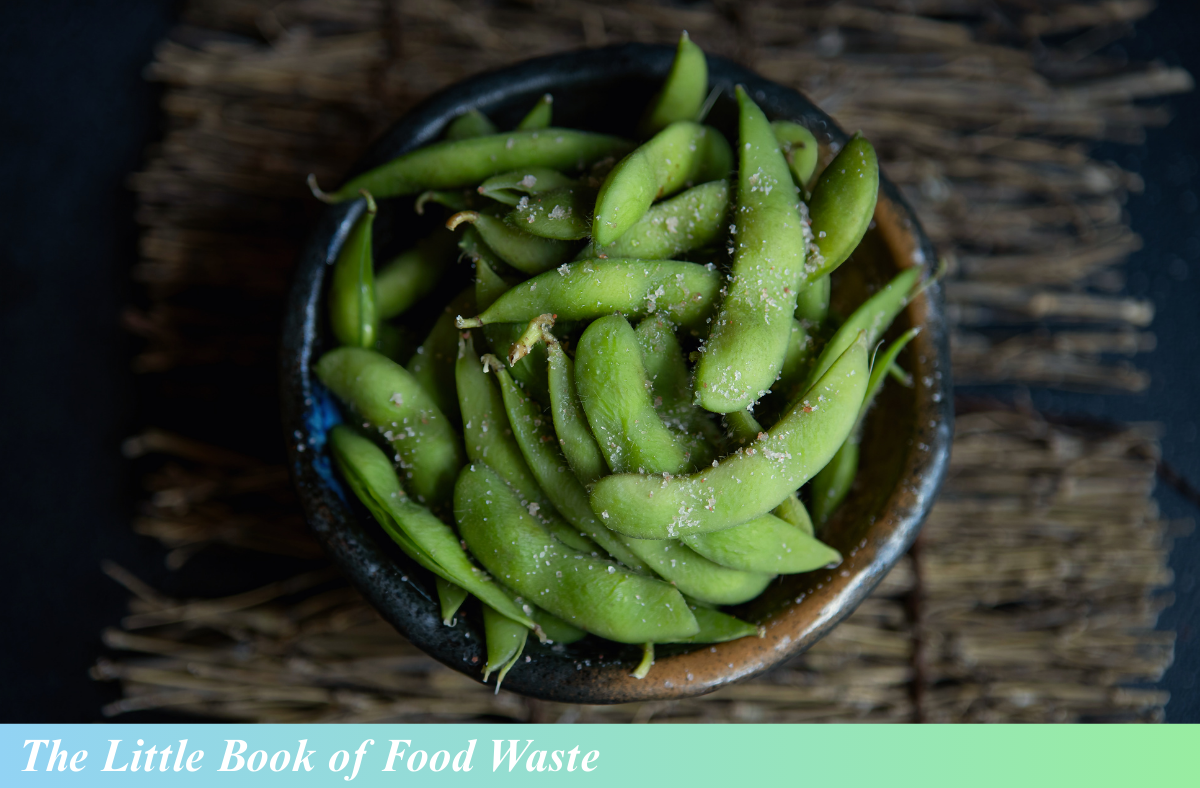When people think of protein, they usually think of meat. However, as more people become aware of how bad meat production is for the environment, other alternatives are becoming popular. These are by no means new, but they should be added to any high-protein grocery list.

A High-Protein Grocery List — Minus the Meat
When it comes to making a grocery list with items high in protein, one of the most important things to prioritize is your own taste. Although you may walk away with a ton of high-protein items, if you end up not liking or using the items, stuff will end up in the trash. To reflect that, this list is designed for 1-2 people for one week. For the best results, go through each item and gauge whether or not you will eat any of it in the next seven days. This will be no problem for pragmatic eaters, but emotional and rigid eaters may have a more difficult time.
Dairy
- Greek yogurt (one small container; Chobani is a great option)
- Cottage cheese (one small container; Good Culture has single portions)
- Parmesan cheese (small block, make sure you have something to shave it with)
- Eggs (one container)
- Milk (one container)
Legumes
- Black beans, canned (two cans)
- Almonds (plain or sweet, Skinny Dipped has awesome flavors)
Soy
- Frozen edamame (one bag)
- Extra firm tofu (one container)
Grains
- Brown rice (one bag) or Quinoa (one box)
Fruit
- Dried apricots (one bag)
- Kiwi (one)
- Blackberries (one container)
Vegetables
- Brussels sprouts (one bag, shaved) / collard greens (fresh or one can)
- Avocado (1-2)
- Green peas (two or three handfuls or one can)
Keeping Your Grocery List Sustainable
Hypothetically, someone with this list would have a lot of items to use before their expiration date. To make sure nothing gets buried in your fridge, choose a shelf (preferably at your eye line) to put items that will expire first. According to this list, that includes:
- Greek yogurt (one small container)
- Cottage cheese (one small container)
- Blackberries (one container)
- Brussels sprouts (one bag, shaved) / collard greens (fresh or one can)
Brussels (especially precut or shaved ones) should be one of the first things eaten. For the first few days, salads and sandwiches with a side of Greek yogurt/cottage cheese should be lunch or breakfast. Blackberries can be added to salads and oatmeal or eaten as snacks. This is also a great opportunity to experiment with tofu if you haven’t already. While for some, the texture and taste of tofu is bland, with spices and sauces, it can quickly become your favorite substitution for meat.
From this grocery list alone, you can make a stir-fry and meatless tacos – without evening considering what’s already in your pantry.
Getting to Know Your Eating Type
Need more ideas on what type of high-protein meals are right for you? Take our eating-type quiz to get insight into your eating and food waste patterns!

